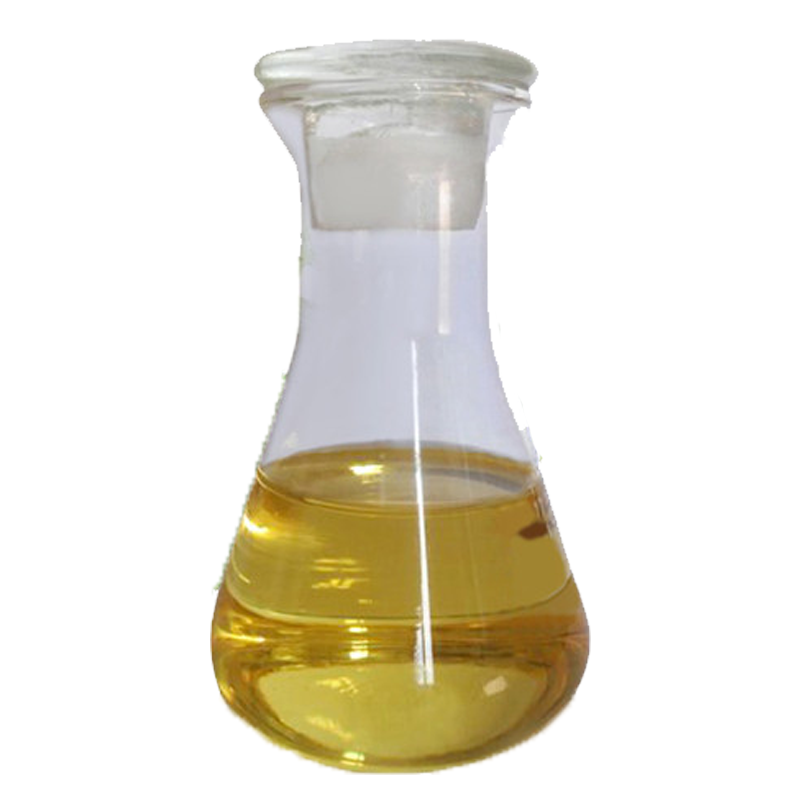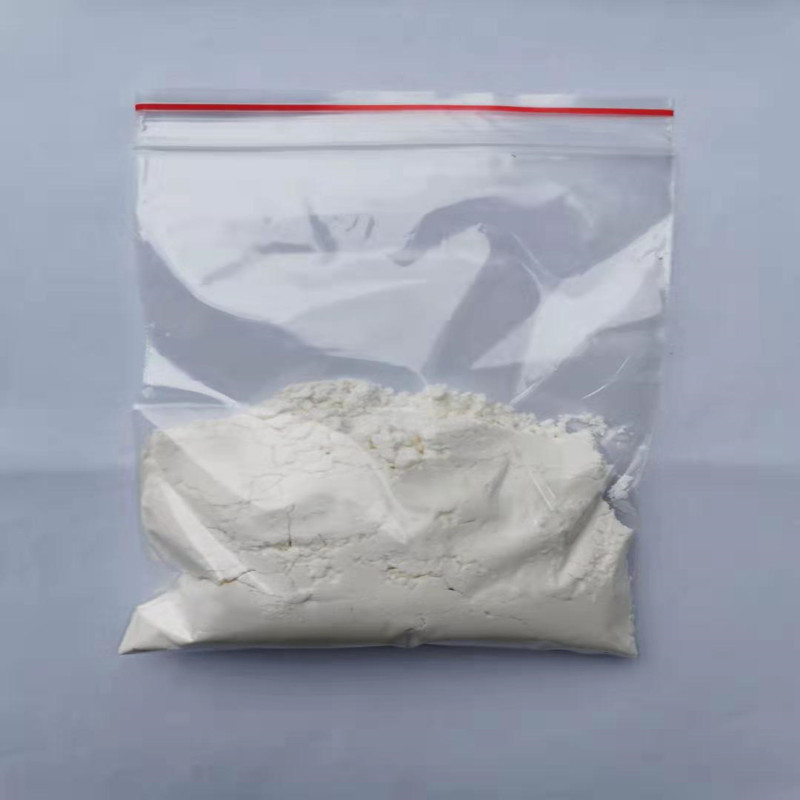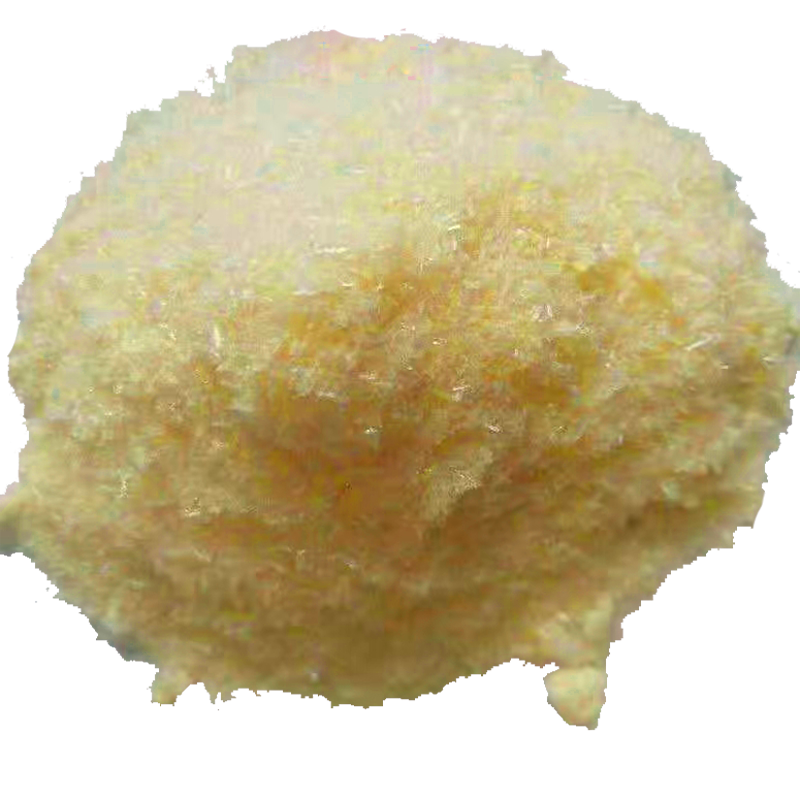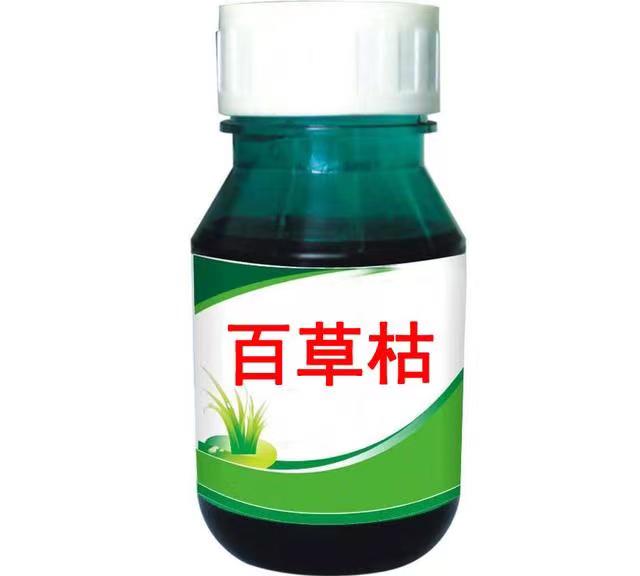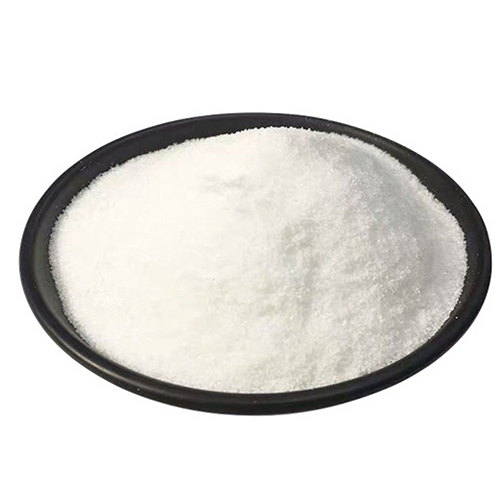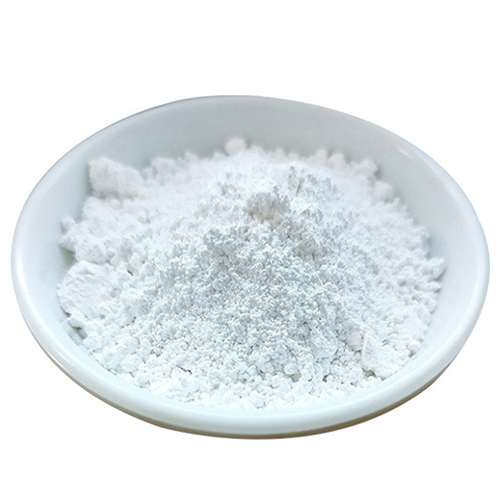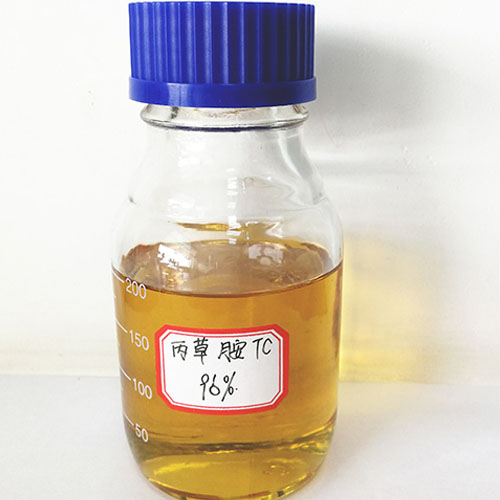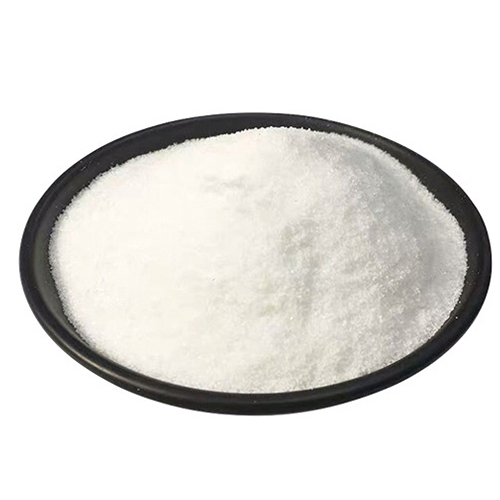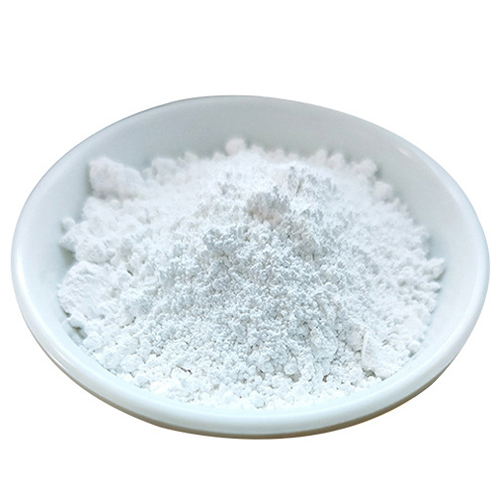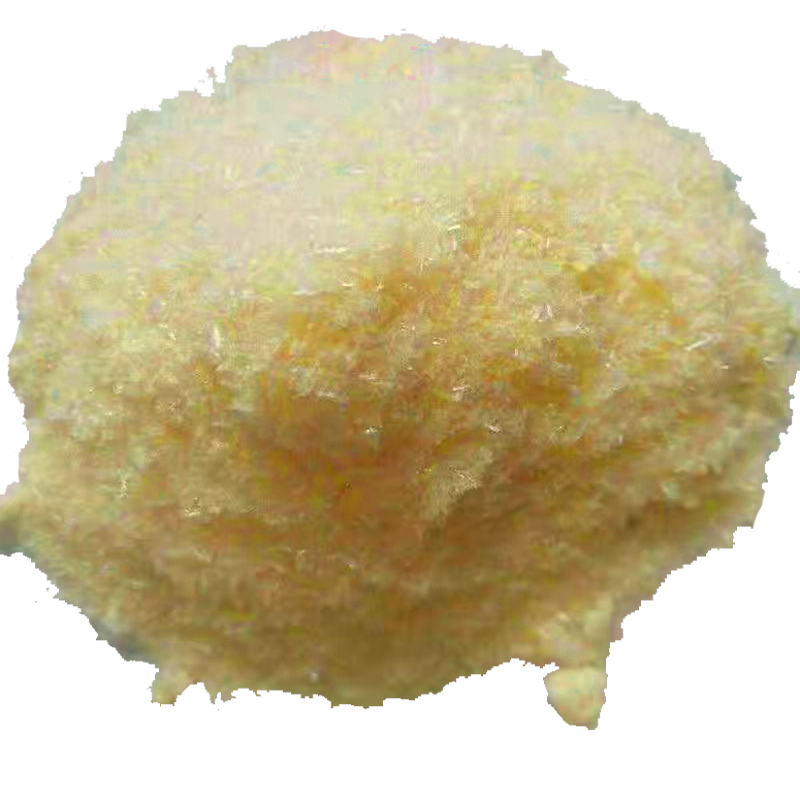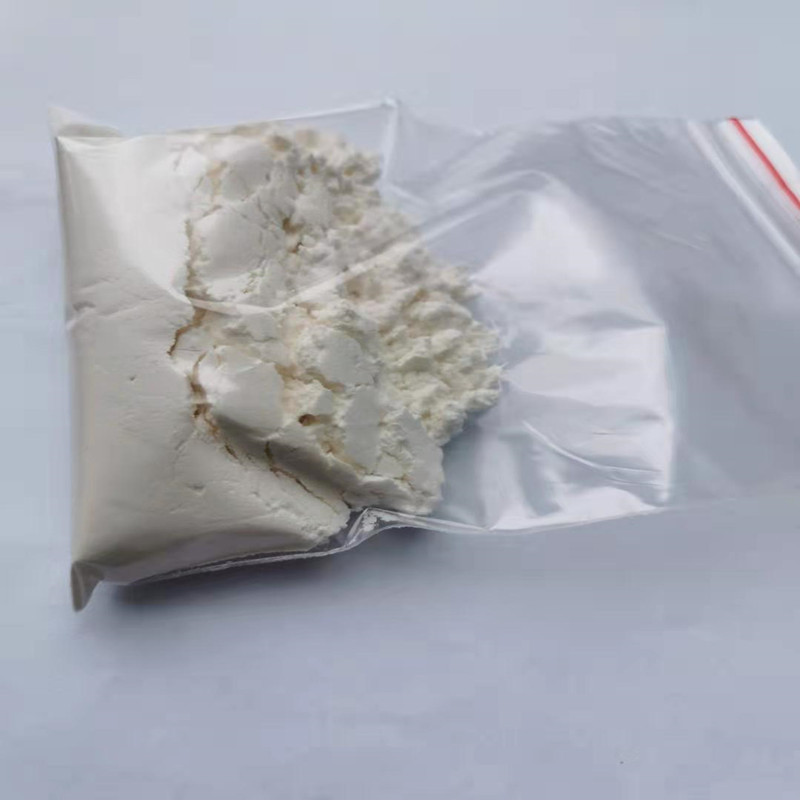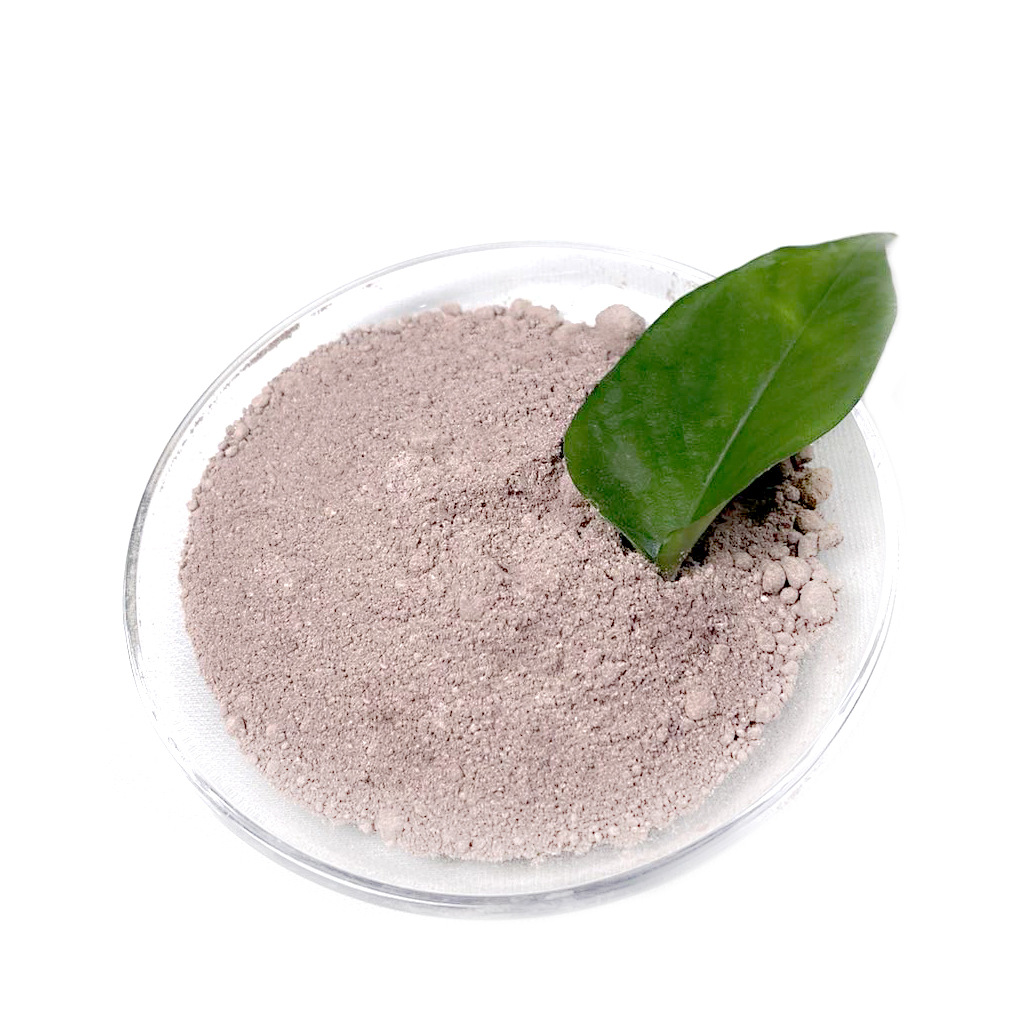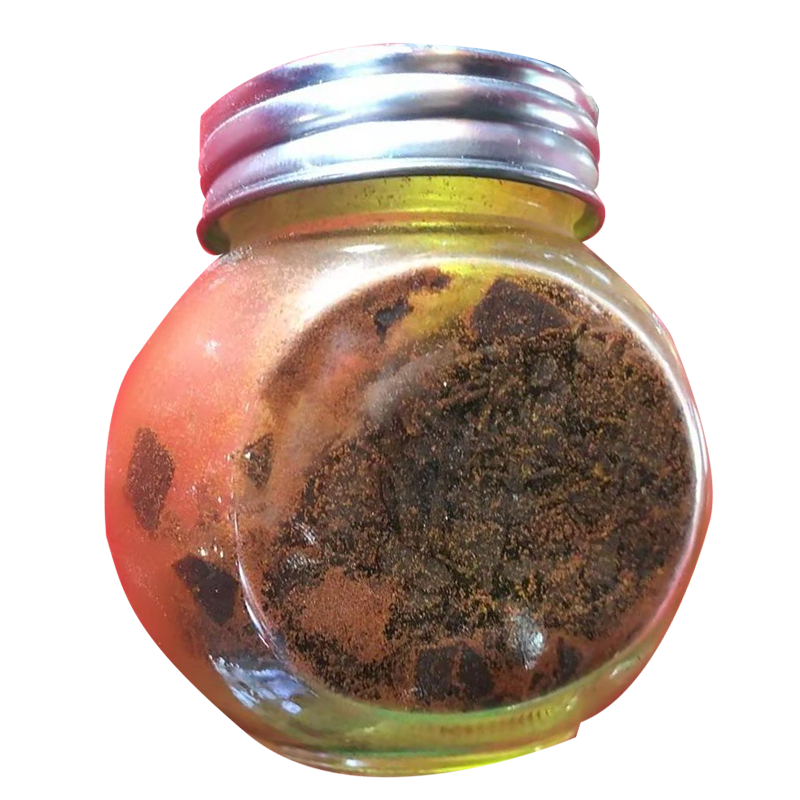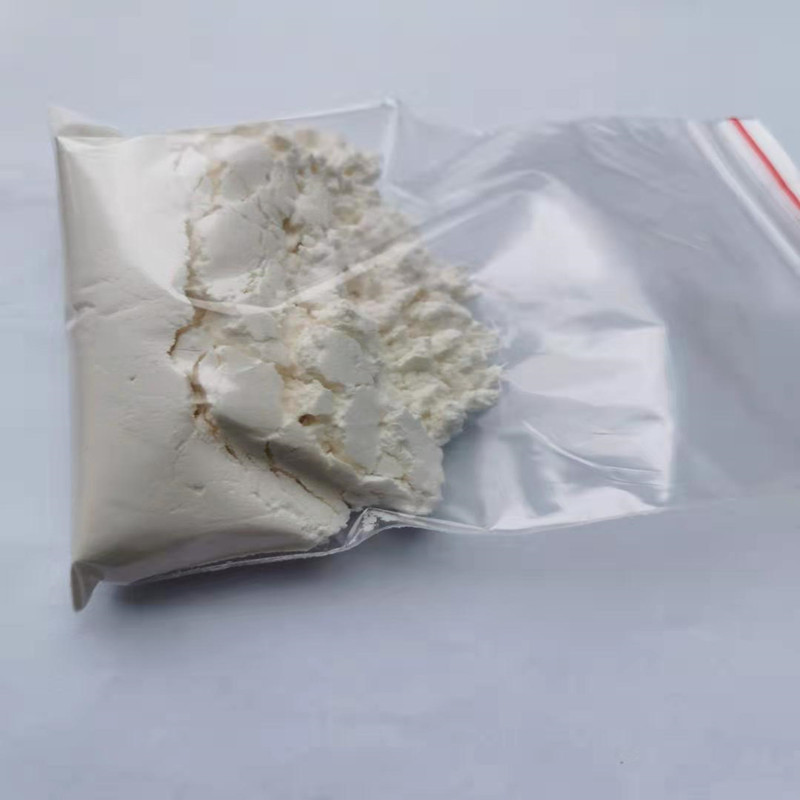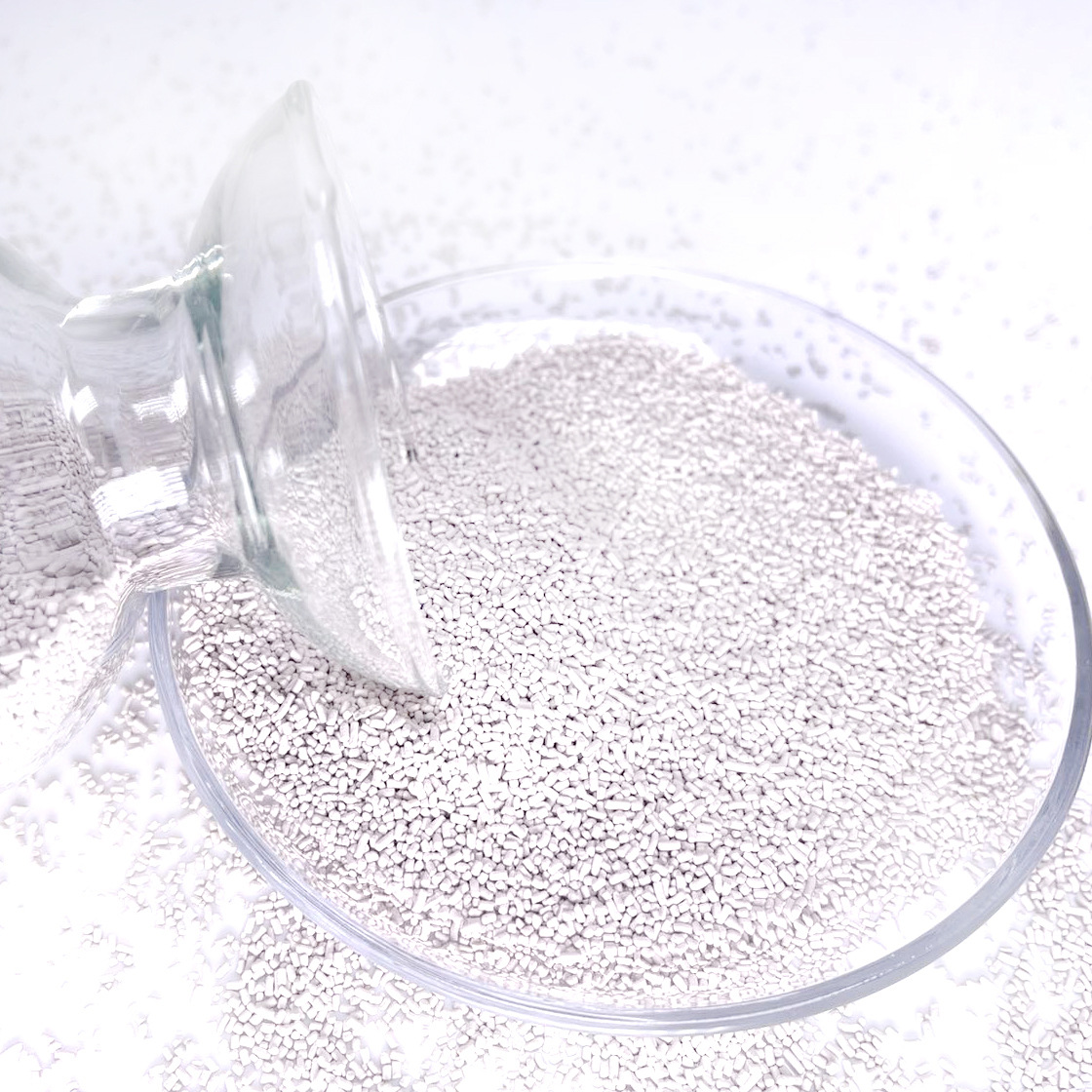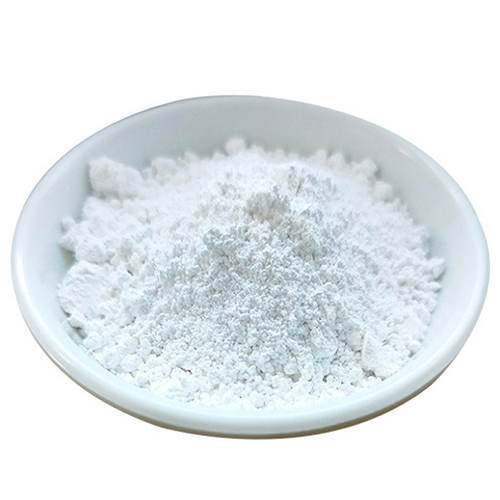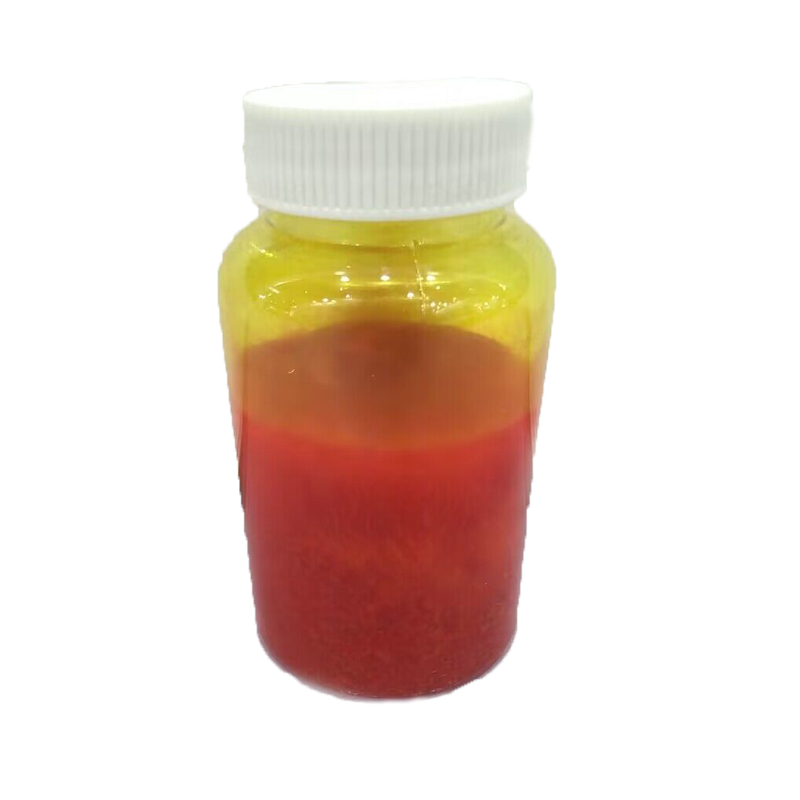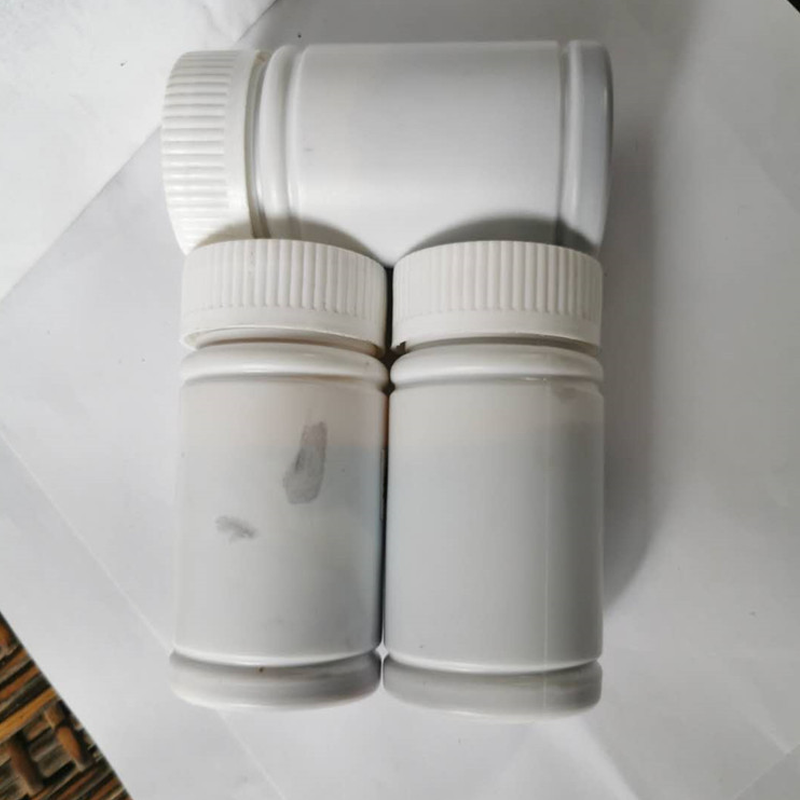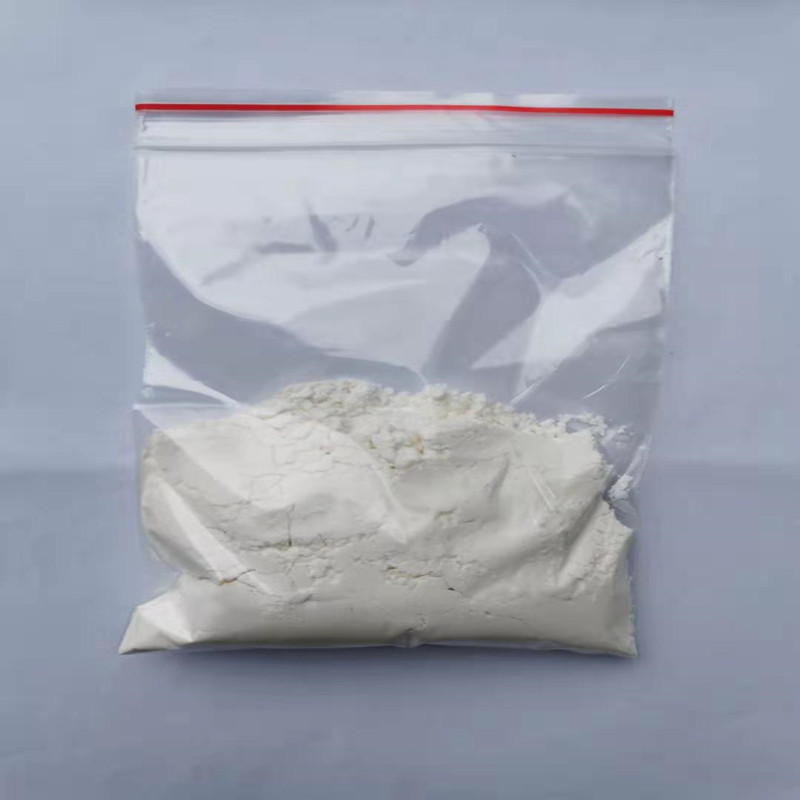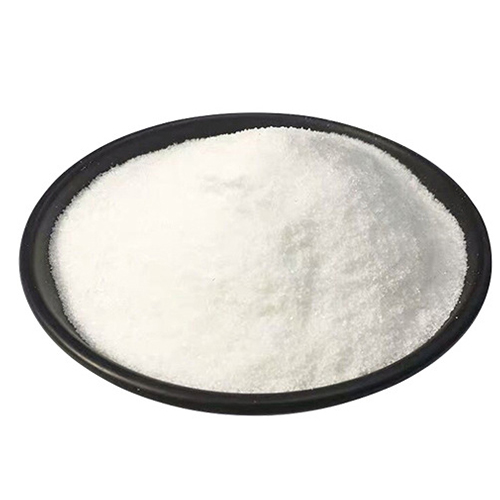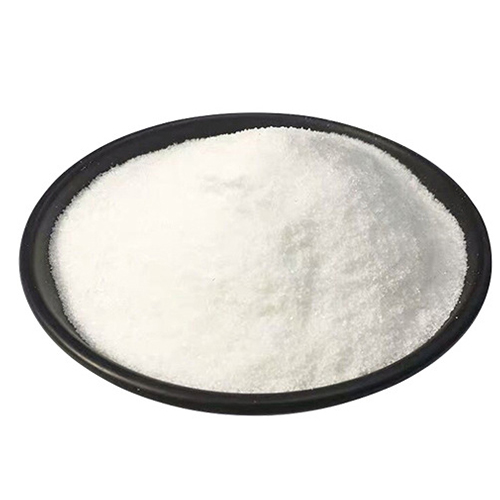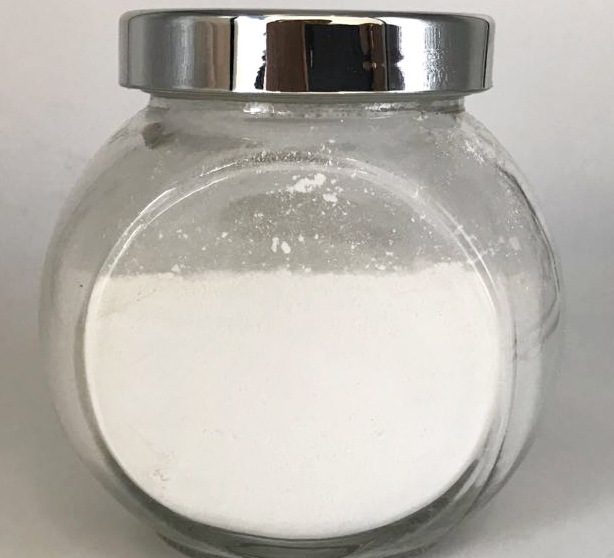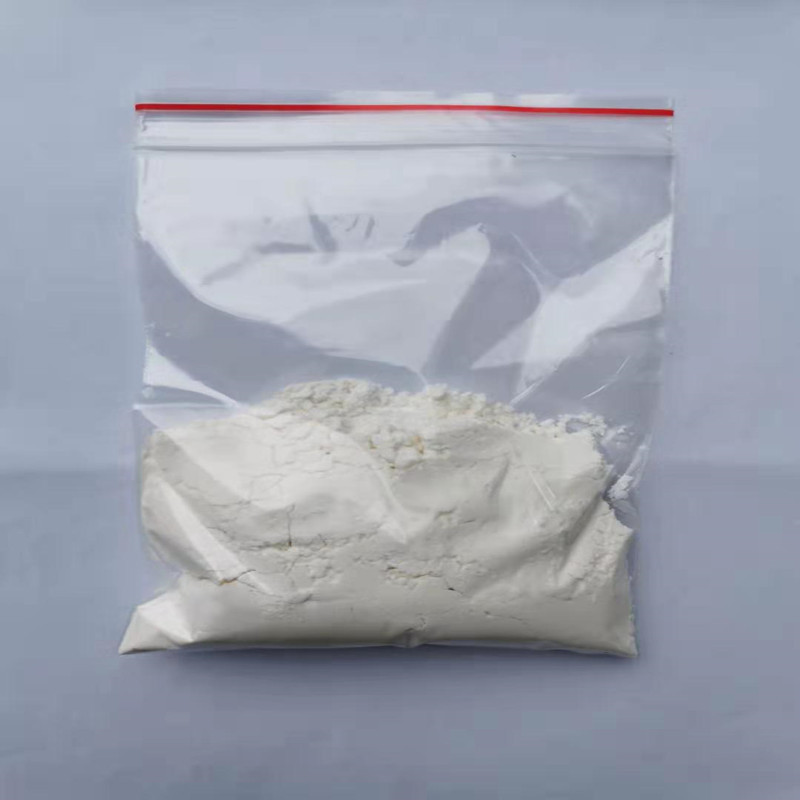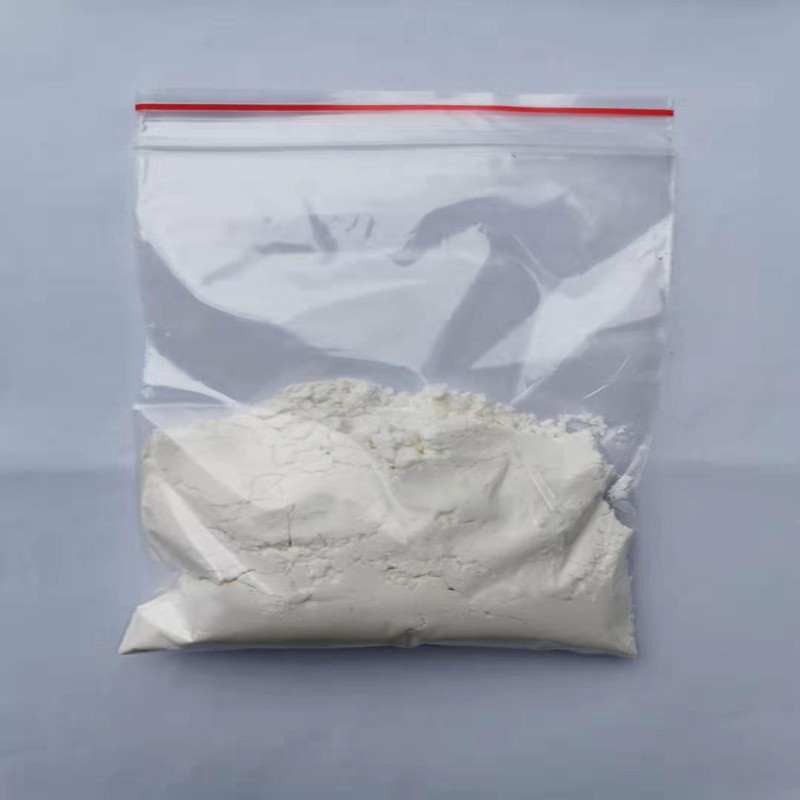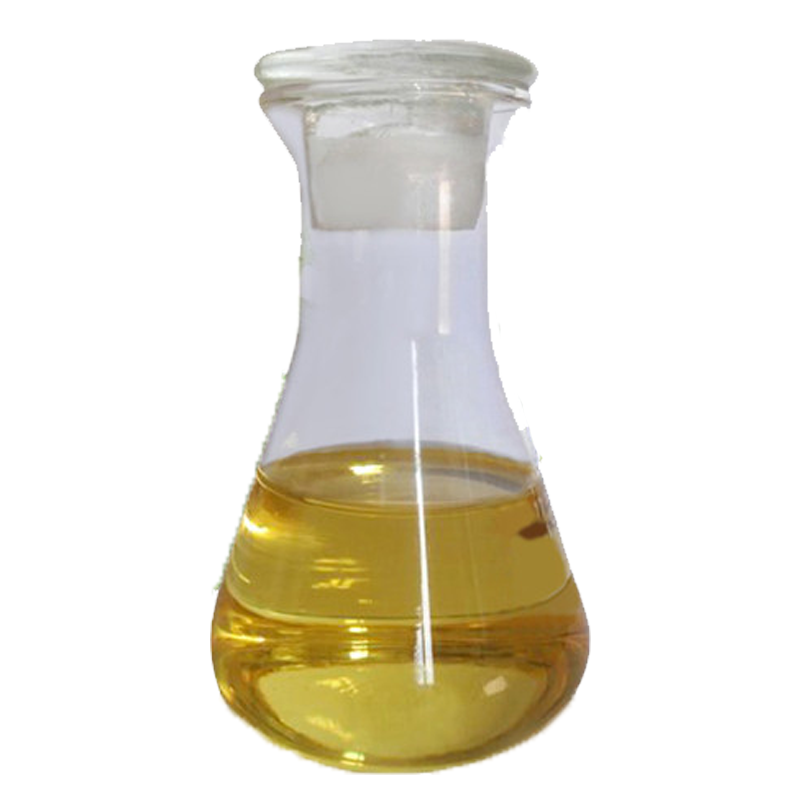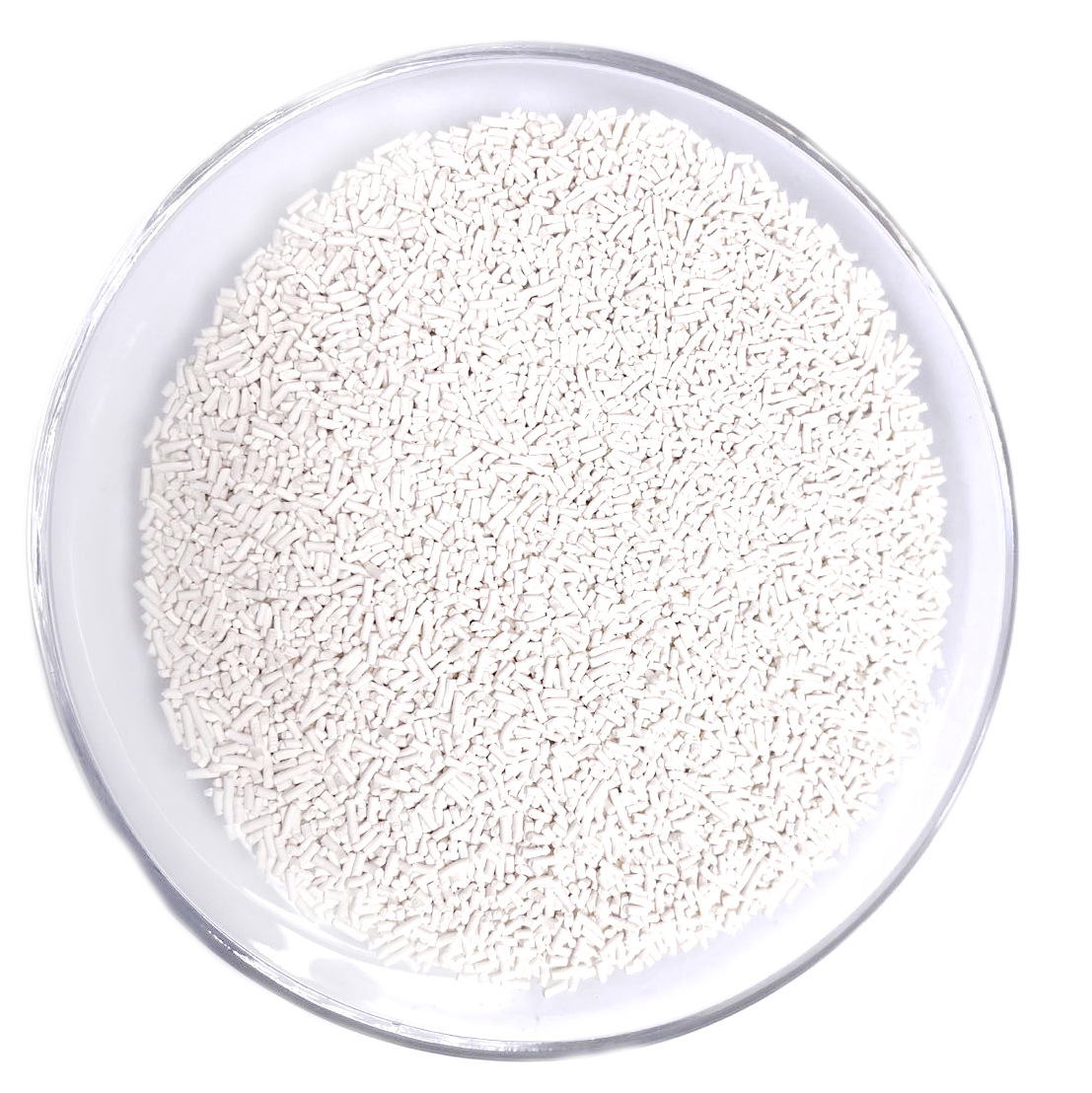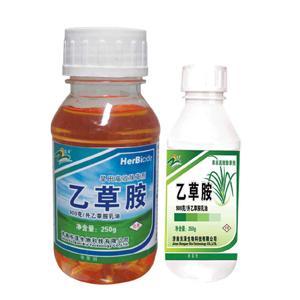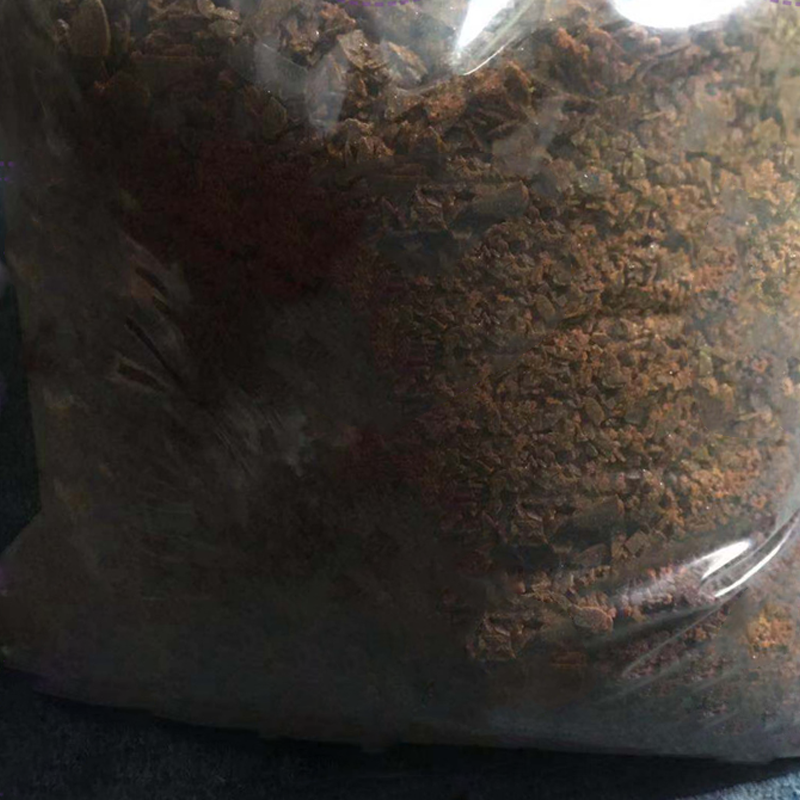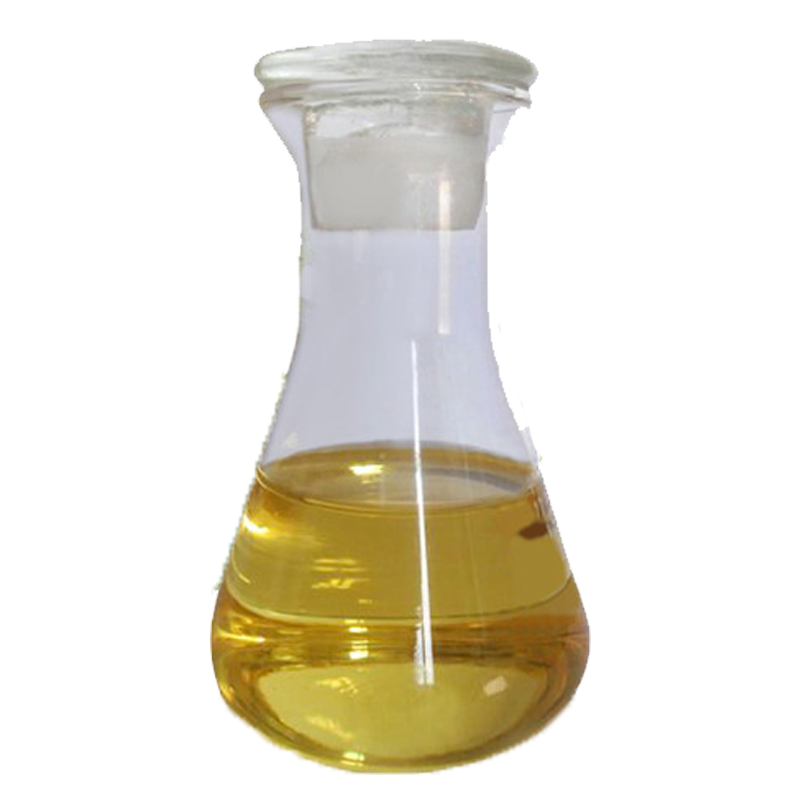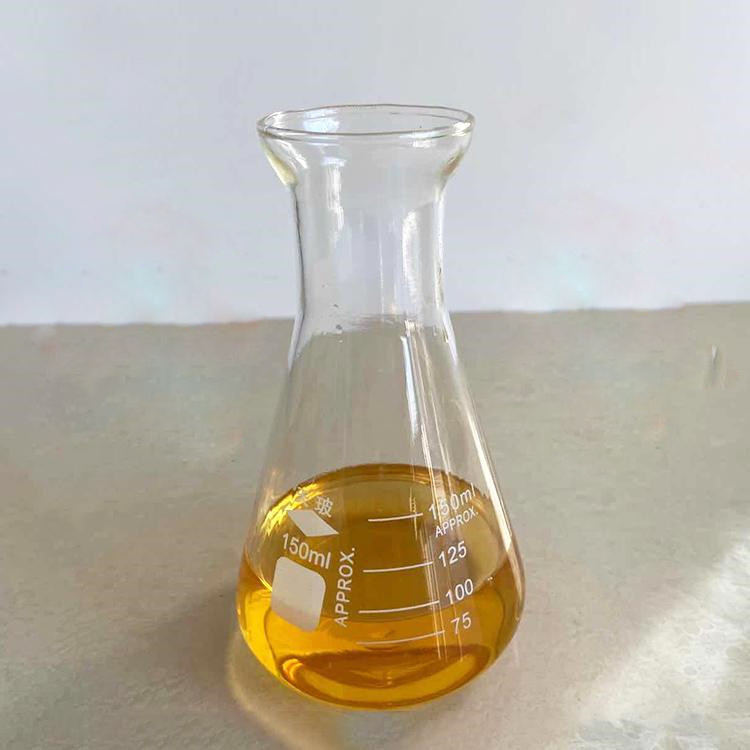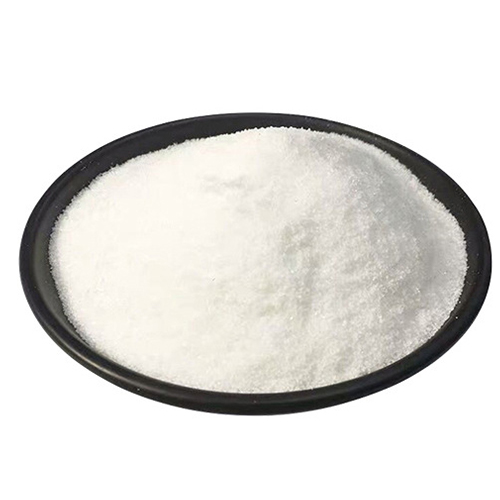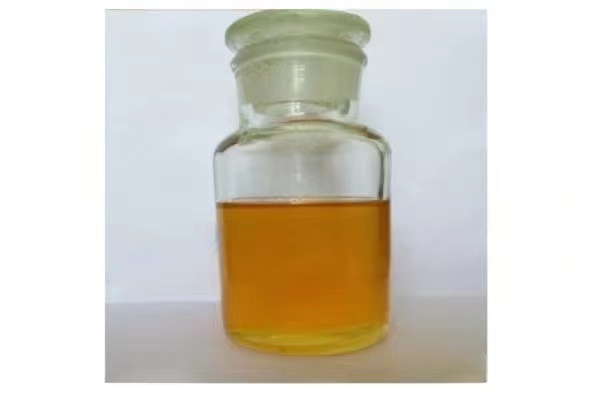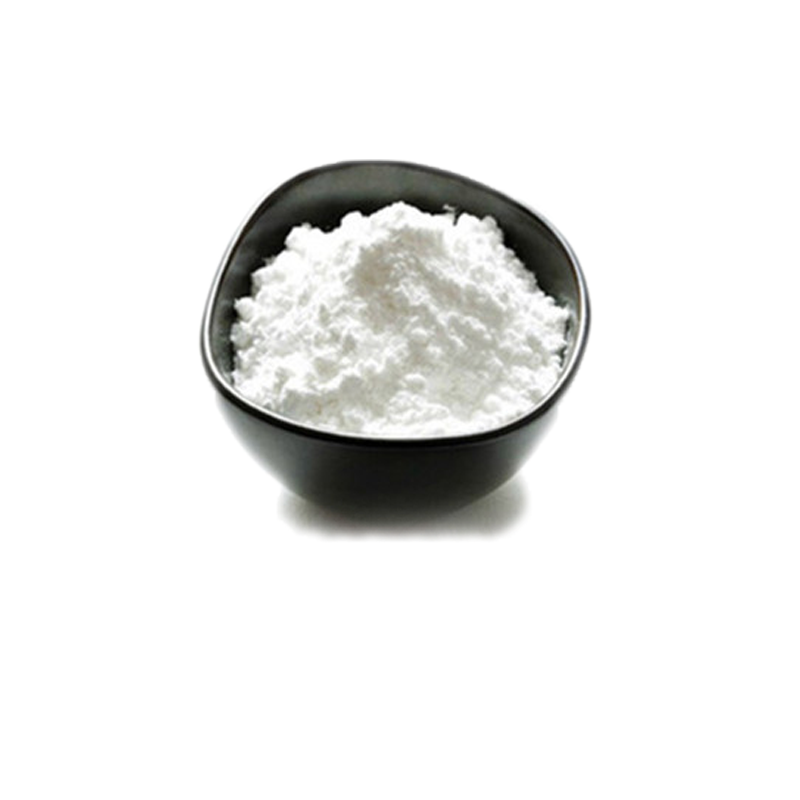
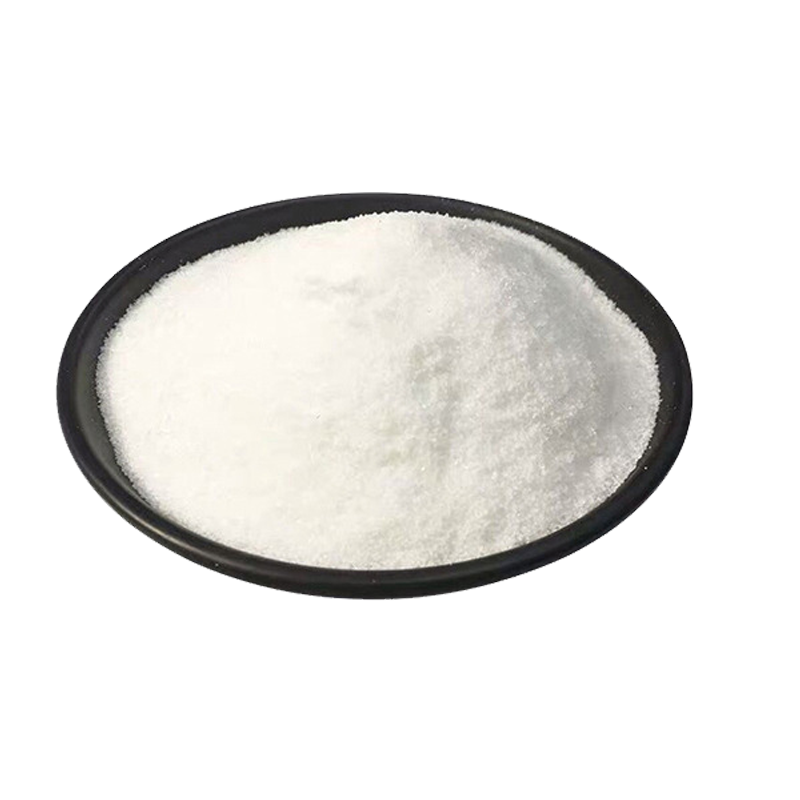
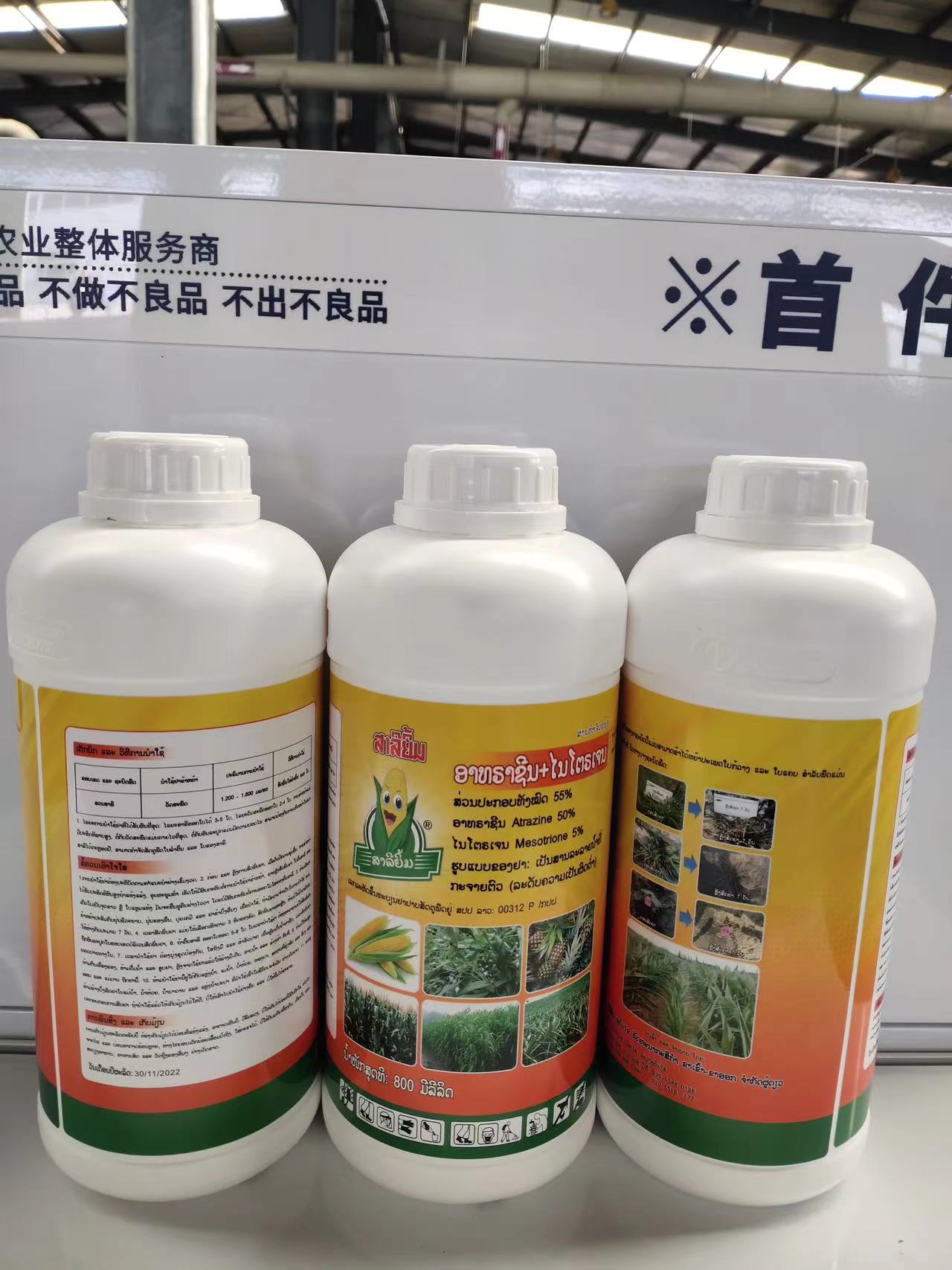
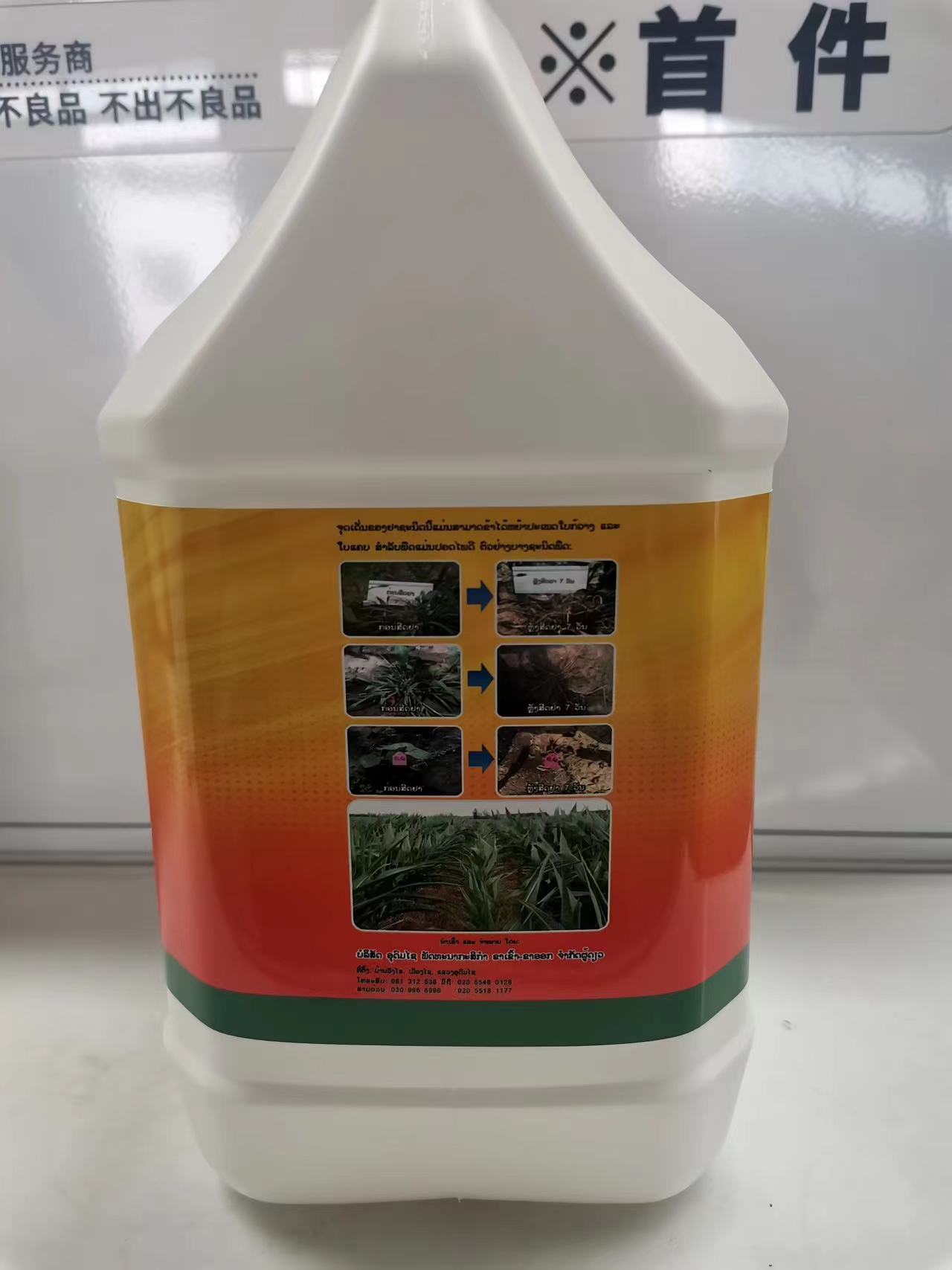
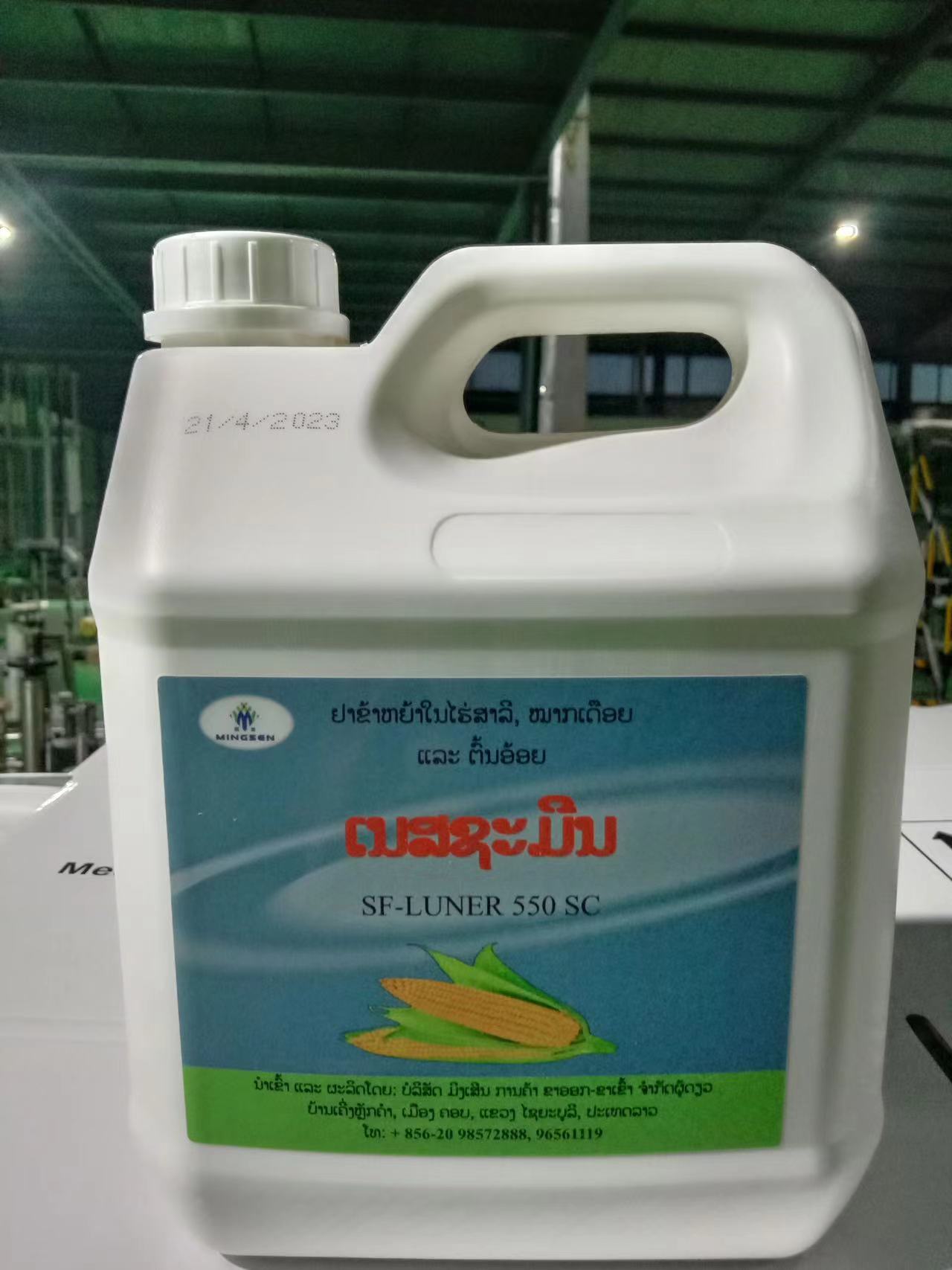
Herbicide ATRAZINE 97%TC Cas 102029-43-6
Atrazine is a triazine photosystem II inhibitor herbicide. It can inhibit the photosynthesis of weeds and make weeds starve and die. The selectivity of atrazine is caused by the differences in ecology, physiology and biochemistry of different plants.
CasNo:102029-43-6
Formula: C8H14ClN5
Physical State: powder
Purity(%): 97%
Application: Agricultura
Color: White
Formulation:38% 50%SE 80%Powder and used to manufacturer more formulated product
- Category: Herbicide
Atrazine is a triazine photosystem II inhibitor herbicide. The medicament is mainly absorbed by the plant root, and then along the xylem, it is quickly transmitted upwards to the meristematic tissue and green leaves along with transpiration, inhibiting the photosynthesis of weeds and causing the weeds to starve and die. The selectivity of atrazine is caused by the differences in ecology, physiology and biochemistry of different plants.
Features of Atrazine
It is a systemic selective pre-emergence and post-emergence herbicide. The root absorption is mainly, and the stem and leaf absorption is little. The herbicidal effect and selectivity are the same as simazine, and it is easy to be washed by rainwater to the deeper soil layer. It is also effective for some deep-rooted grasses, but it is easy to cause phytotoxicity. The duration is also longer.
The herbicide principle of Atrazine
It is mainly absorbed through the roots of plants and conducts upwards, inhibiting the photosynthesis of weeds (such as cocklebur, foxtail, ragweed and wild cucumber, etc.), causing them to die. There are two sets of photosynthetic systems in the chloroplast membrane, which are called photosynthetic system I and photosynthetic system II. In PSⅡ, there are central pigment P680, pheophytin and plastoquinone. When light energy is transmitted to P680, electrons move from P680, pass through PSⅡ pigment molecules, and reach plastoquinone. This process is repeated until plastoquinone accepts two electrons in a reduction reaction and is reduced to plastohydroquinone (diphenol). Plastoquinone acts as an "electron transporter" between PSII and PSI. When two electrons catch this transporter, the newly formed plastoquinone separates from PSII and goes to PSⅠ. When the plastoquinone moves away from PSII, a new plastoquinone binds at the same position and repeats the process. However, if there is a molecule with a similar shape, such as atrazine, it may bind at the plastoquinone site, and when atrazine binds, the plastoquinone molecule is prevented from recombining and transferring more electrons. These electrons then react with the lipids in the cell membrane, damaging the cell membrane and eventually leading to cell death.
Application of Atrazine
Atrazine is a systemic selective pre-emergence and post-emergence sealing herbicide. It is mainly absorbed by roots, with little absorption by stems and leaves. Its herbicidal effect and selectivity are the same as simazine. It is easily washed by rainwater to deeper soil layers. It is also effective for some deep-rooted grasses, but it is prone to phytotoxicity. The duration is also longer. It has a wide herbicidal spectrum and can control a variety of annual grasses and broadleaf weeds. It is suitable for the control and control of crabgrass, barnyardgrass, foxtail, sedge, sedge, polygonum, quinoa, cruciferous and leguminous weeds in upland crops such as corn, sorghum, sugar cane, fruit trees, nurseries, and woodlands. It is especially selective for corn (because corn has a detoxification mechanism), and it also has a certain inhibitory effect on some perennial weeds.
How to use Atrazine
1. The use of cornfields: Summer corn should be used before emergence after sowing. In places such as North China and Shandong where the soil organic matter is 1%-2%, use 150-200 grams of 50% wettable powder per mu, or 175-200 ml of 40% suspending agent; in Northeast China where the soil organic matter content is greater than 3%-6%, use 200-250 grams per mu of 50% wettable powder, or 200-250 grams of 40% suspending agent. Use the lower limit for sandy soils and the upper limit for clayey soils. 1-3 days after sowing, spray 30 kg of water evenly on the soil surface. Applying medicine after corn emergence is suitable for the 4-leaf stage of corn and the 2-3 leaf stage of weeds; for sandy soil with low organic matter content, use 200-250 grams of 50% wettable powder or 40% suspending agent per mu. Spray 30-50 kg of water. For spring corn, use 200-250 ml of 40% suspending agent per mu, add 30-50 kg of water, spray the soil surface before seedlings after sowing, mix soil after spring drought medicine, or irrigate appropriately. Or treat stems and leaves at the 4-leaf stage of corn. In the continuous cropping area of corn and winter wheat, in order to reduce or eliminate the phytotoxicity of atrazine to wheat, atrazine reduction can be used together with the herbicides of azine, lasso, dole, 2,4-D butyl ester, pendinon, and chlorotoluron.
2. Use in sugarcane fields: 5-7 days after planting sugarcane, weeds are partially unearthed, use 50% wettable powder or 40% suspending agent 200-250 grams per mu, add 30 kg of water, and spray evenly on the surface.
3. Use in tea gardens, orchards, and vineyards: during the peak germination period of weeds in the field from April to May, first eradicate the unearthed large grasses and overwintering weeds, and then use 250-300 grams of 40% suspending agent per mu, and evenly spray 40 kg of water on the soil surface.
4. Atrazine is a pre-emergence soil treatment herbicide, and it can also be used for post-emergence stem and leaf treatment. Drought during use has a greater impact on the efficacy of the drug, mainly acting on dicotyledonous plants, focusing on closure, and the effect on large grasses is not ideal.
Precautions for Atrazine
1. Atrazine has a long-lasting effect, which is harmful to sensitive crops such as wheat, soybean, and rice. The effect can last for 2-3 months. It can be solved by reducing the dosage and mixing it with other herbicides such as nicosulfuron or mesotrione.
2. Peach trees are sensitive to atrazine and should not be used in Taoyuan. Corn interplanting beans cannot be used.
3. When treating the soil surface, it is required that the ground should be leveled and fined before spraying.
4. After spraying, all tools should be carefully cleaned.
Package of Atrazine
We also supply some accessories to add more functions for end-users' convenience, which also help our distributors and business partners sell our products in their area. Any special package requirements, please don't be hesitate to tell us.
Large Package:
Solid: 25Kg UN approved fiber drums with LDPE liner;
Liquid: 200L UN approved HDPE or iron drums.
Retail Package:
Solid: 10g;50g;100g;500g;1kg;5kg;25kg
Supplier of Atrazine
Agripestcide is a professional pesticide chemical manufacturer provides high quality and effective Atrazine with high quality and good service. If you are looking for Atrazine in bulk, feel free to contact us to get the latest price.
Name | ATRAZINE |
Formula | C8H14ClN5 |
Molecular Weight | 215.68 |
EINECS N0. | 217-617-8 |
Melting Point | 175°C |
Boiling Point | 200°C |
Physical State | powder |
Color | White |
Purity | 97% |
Package | 25kg Cardboard barrel |
Application | Agricultural |
Storage | Ventilation low temperature drying |
Sample | Available |
EXP | 2 years |
Send an Inquiry
Your email address will not published. Required fieled are marked.
Related Products
Check out other related Products

